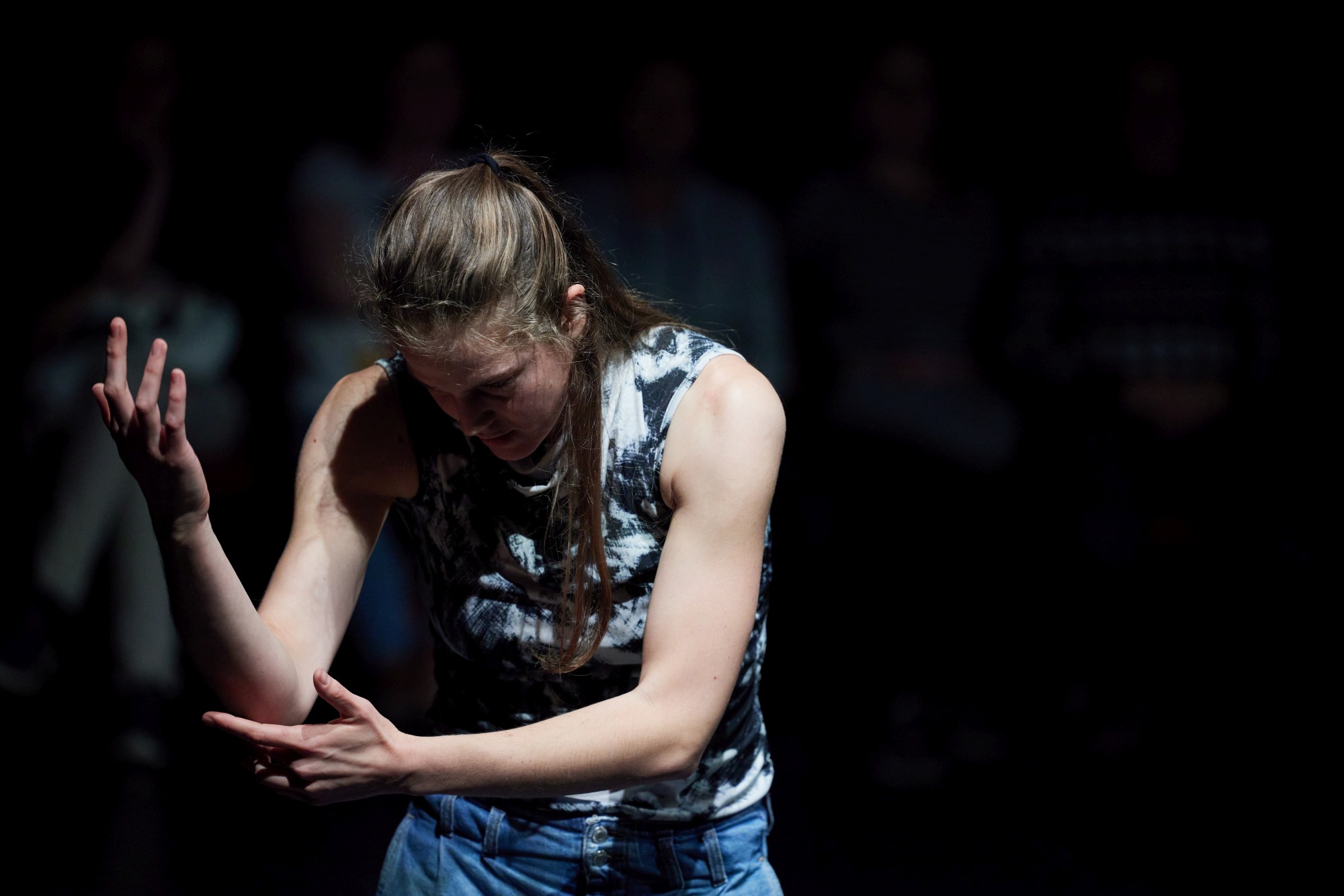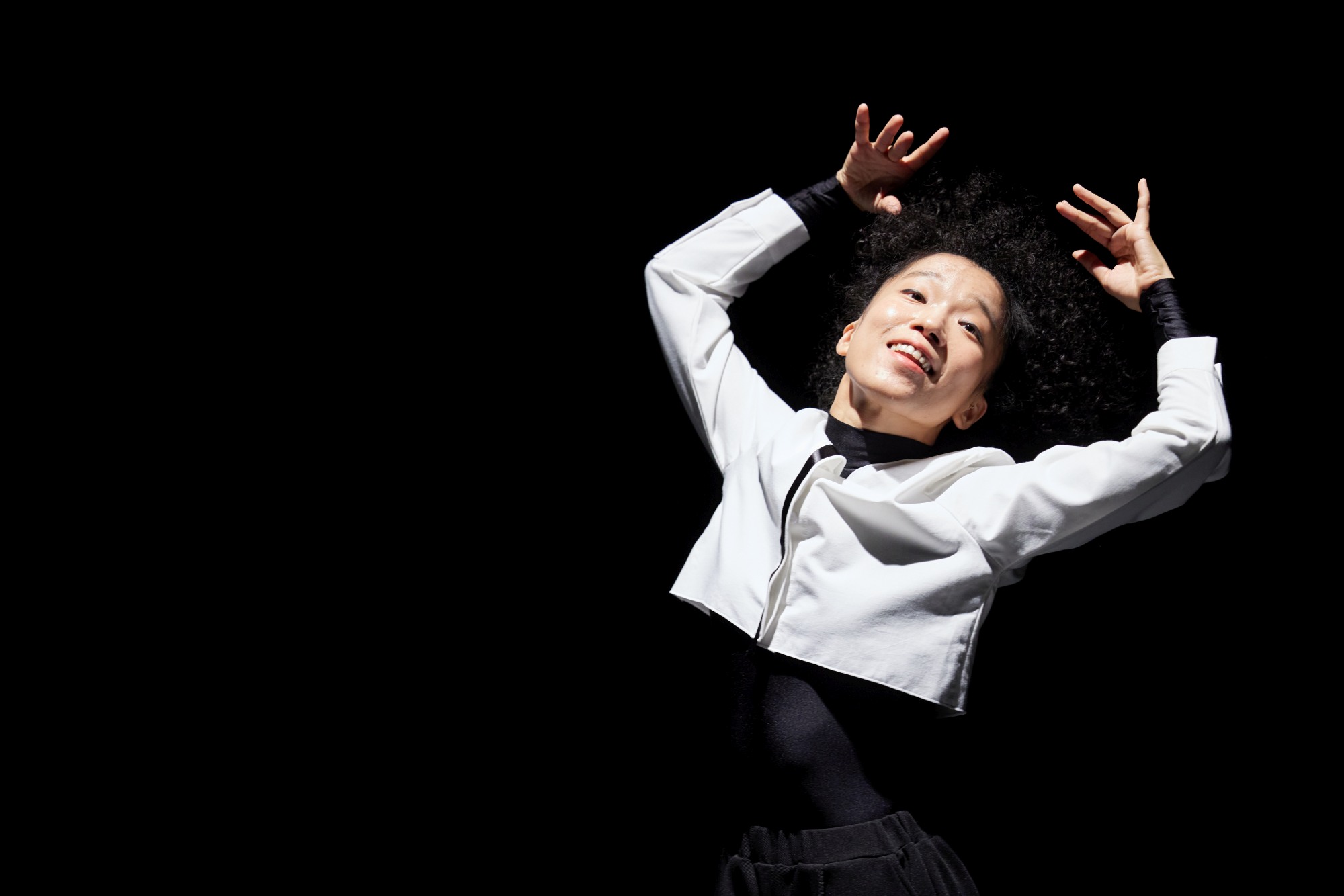Author: Märta Jungerfelt.
During the autumn, there has been a major cultural debate in Sweden about the position of autobiography and autofiction in literature. It began with the writer Mikaela Blomqvist criticizing authors for being self-absorbed in Göteborgs-Posten (Western Sweden’s largest daily morning paper), and culminated in a cavalcade of polemical articles defending or rejecting Blomqvist’s claim. The problem, as she puts it, is that the self-absorption in novels and on cultural pages undermines the aesthetic discourse on literature. As an example of this, the Swedish journalist Sara Meidell’s anorexia memoir Out of my body was mentioned, which, when it was published last year, was criticized for its content rather than its form.
Similar dichotomous discussions have emerged in the theater debate, albeit less loud. Based on Frode Helmich Pedersen’s criticism in the Norwegian journal BLA, in which he invoked that literature should be given a more central role to attract a larger audience to the theaters, the cultural writer Jacob Lundström wrote a polemical article in Dagens Nyheter (a daily newspaper), in which he claimed the opposite. Lundström highlights a division between directed and written theater, with directed theater currently dominating. And it is hardly new to discuss whether newly written drama should be allowed to occupy more space on the stages. After the audience restrictions imposed by the pandemic subsided, the topic was brought up again by the playwright and director Gertrud Larsson. In a debate article, she argued that the theater industry suffers from a fixation on brands, prioritizing classics and dramatizations of books and films over newly written plays for purely commercial reasons. In the same way, it is becoming increasingly common for autofiction and performing arts based on real or self-perceived events to take place. Just as people devour crime stories based on true events, they seem to have an inexhaustible longing to reflect themselves in the performing arts as well – the self-perceived sells.
I have the Swedish cultural debate in the back of my mind when I visit the dance festival SŐT7 (Sissi Autumn Dance Week) as a participant in a residency program for dance criticism, arranged by the European project “Beyond Front@”. SŐT7 is an annual festival, and this year it was hosted by the Bethlen Téri Theater in Budapest. During the days of the festival, works of widely varied expressions were presented mainly from Central and Southeastern Europe. The other participants in the residency and I watched all the dance performances and dissected them the following day. We also discussed the different dimensions of criticism: description and interpretation, the purpose of writing criticism and the conditions for writing. I thought a lot about interpretation in particular during the festival; The task that writers are constantly faced with, which is to make something they have seen comprehensible to someone else. I myself have long refrained from writing dance criticism because dance – being a wordless form of expression – requires, if not a higher, then another level of interpretive ability. While a performance with dialogue communicates something very explicitly through its text, dance is a completely separate language understood more abstractly and on an almost bodily level. I deliberately abstained from reading about the performances we were supposed to see during the festival, and saw it as an exercise to experience the works without any preconceived notions about the artists’ intentions or underlying ideas.

On the first day of the festival, we saw the choreographer Szasza Rab’s performance I will talk about it, in a revised version performed by dancer Flora Veres. The audience is seated around the stage in the black stage room and Veres dances her solo amidst us all. At first, the quality of movement is light; she moves freely across the floor with rocking movements. Her gaze is alert and fearless, directed towards us in the audience. As time goes by, voice-overs of various Hungarian female voices are played. The soundscape changes slowly and Veres transitions from performing legato movements to repetitively headbanging towards the floor. The movements become heavier and increasingly intense. Then another transformation occurs – the soundscape shifts as the light turns blue. The atmosphere is reminiscent of water and Veres returns to flowing movements as well. Afterwards, I learn that the voices of the women were testimonies of sexual violence and trauma, as a documentary element gives me a new perception of the work in retrospect. Having had a poetic experience and interpretation, I begin to wonder about the meaning. My perception of the dramaturgy as a kind of spiritual journey shifts to interpreting everything in a new way; Is the water a symbol of purification? Is there a message there? I think about how this new knowledge of the work’s connection to reality can affect how I, as a critic, would rewrite the work. In a certain way, the content becomes superior to the form, although my initial interpretation did not at all consider whether there was an underlying message in the choreographer’s intention. Suddenly, the performance has a sort of alibi in its way of addressing an urgent and important societal matter. Initially not understanding what was said in the voice-overs, but learning more about the subtext afterwards leads me to see the performance in a more literal way. The documentary element of the performance, with its charged theme, creates a sort of rhetorical situation where I, as a spectator, can either agree with the artist’s message and be a good human being, or neglect/ignore the voices and be a bad person. Even though the performance doesn’t explicitly ask for compassion, it’s still somehow in service of a political issue to which I, as the recipient, feel the need to relate.
My initial reaction to the piece was, however, very bodily in a sense. Veres’ presence on stage was engaging and following her journey through the different stages of the performance imparted a beautiful intensity with humble means. Using art as a way to process one’s own or others’ trauma is common, and has, of course, potential to be a powerful source which, I think, was reflected in Veres’ performance. Though I found the voice-overs to make the message overly clear in retrospect, the performance is charged with an urgency that Rab and Veres succeed in communicating in a poetic and existential sense.

Two days later, I saw the Slovenian artist Daša Grgič’s work Plenir. This performance also turned out to have an autobiographical dimension, yet in a very different way. The show portrays love and friendship between two heterosexual couples in a very telling way, in a setting reminiscent of “olden times”. There are hay bales, rakes and milk jugs in the room and the dancers are all wearing old-fashioned clothes. Through dance and mime, I witness an everyday human existence from long ago very literally unfolding. There are giggles, seduction and laborious work, all unusually theatrical in the context of dance. While watching the performance, I was bewildered by how stereotypically the characters’ lives were portrayed. At the end, the choreographer tells us that the piece is dedicated to the artists’ grandmothers. The content has thus been very central to the artists, but for me, a kind of poetic or aesthetic dimension is missing. The personal aspect of the performance, which seems to be paying homage to the performers’ grandmothers, is of course endearing. However, the nostalgic element is by nature very internal. I did not experience the self-mirroring and recognition that Grgič invited the audience to engage in, maybe because I saw the characters as mere stereotypes rather than complex beings. While I will talk about it had a very direct message, here it becomes unclear what the memory of the grandmothers, as a premise of the performance, is supposed to accomplish.

Performing arts, which somehow always seem to face headwinds, struggle to remain relevant. It is therefore not surprising that the logic of the market finds its way in, and perhaps attracts performing artists to make “important” art – frequently connected to personal experiences or current political issues. The most rebellious thing an artist might do today is to resist the urge to create something useful and wholesome, and instead stay true only to aesthetics. “Or maybe it doesn’t even matter”, I started to wonder on the final evening of the festival while watching the South Korean artist Ha Ji Hye’s performance Dream of a Ladybug. It was such a stunning and self-evident performance that it became irrelevant to me what the starting point of its creation was. In the end, it is the harmony between form and content that is essential, and the poetry that arises between a work and its audience.
The text was created in the framework of dance critics residency taking place in Budapest in November 2023 as part of Beyond Front@: Bridging Periphery project.

